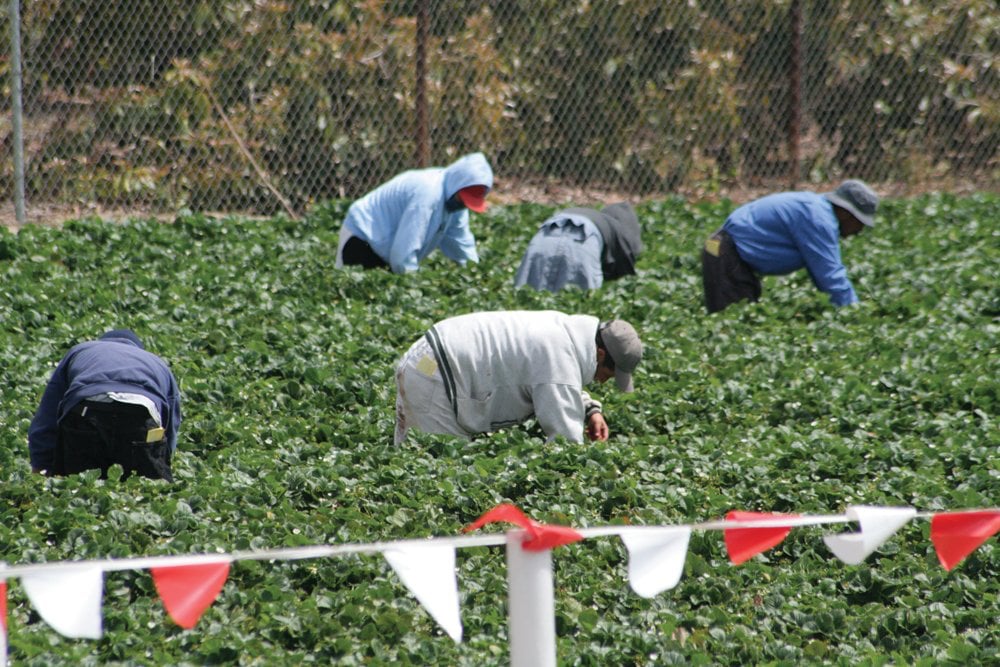Agriculture industry wary of federal immigration plan

The 2024 federal budget’s promise to reduce “temporary immigration” could reduce the number of temporary foreign workers available to Canadian agriculture and agricultural businesses.
Read Also
Letters: South Bruce residents should be concerned about deep repository nuclear waste project
Are farmers, farmland, and small communities being “targeted” by elected officials in municipal/regional councils, provincial and federal government and by…
The document states the government “will reduce the share of temporary residents in Canada to five per cent of the total population over the next three years,” which it estimates will result in approximately 600,000 fewer temporary residents compared to current levels.
Why it matters: Many of Canada’s agricultural industries are reliant on temporary foreign workers.
Janet Krayden, Canadian Mushroom Growers’ Association workforce specialist, said the decision unfairly places TFWs in the same category as international students.
“They’re lumping in primary agriculture, temporary foreign worker program usage, with the international student program,” Krayden said. “So, there’s two completely different programs. One is run out of Immigration Canada, the other is run out of the Temporary Foreign Worker program, (from) ESDC (Employment and Social Development Canada).”
She said TFWs have been unfairly blamed for Canada’s housing crisis.
“We continually are hearing the temporary foreign worker program now becoming sort of a bit of a scapegoat by ministers and the minister of immigration, minister of ESDC, as well as the prime minister for the housing costs and the rise of rent.”
At a housing announcement in March, Prime Minister Justin Trudeau said an increase in temporary residents to 6.5 per cent of total population “put tremendous pressure on the rental market.”
“That’s why we’re turning the dial a little bit on temporary residents, whether it’s international students or temporary foreign workers, to make sure that they are a number that can be properly absorbed by our housing stocks,” he said.
The geographic disparity between international students and temporary workers in ag-related fields should also be noted, industry has said.
An internal briefing note from the Canadian Mushroom Growers’ Association states that Canada has “more than 807,000 international students on permits who live in urban areas,” citing data from Statistics Canada. StatCan also lists the total number of TFWs in agricultural industries in 2023 at approximately 70,000.
“These are sparsely populated areas, where the workers either are provided with employer paid housing that mostly already exists, or they’re comfortably settled,” Krayden noted, adding that the positions filled by TFWs are often necessary for producers to be able to operate.
“The people that are allowed to come to work on the farms are all vetted as filling a job vacancy with the labour market impact assessment process,” she said. “Compared to international students in the urban centres, it’s totally different.”
She also expressed frustration that the government has paid little attention to potential effects of these changes.
“There’s been no economic impact assessment. There’s been no consultation with the provinces or Agriculture Canada on the impacts of what they’re doing,” she said. “Why are they doing this? You know, at a time when food prices are so high?”
The Canadian Mushroom Growers Association has recommended that the government “conduct a full and thorough consultation with farmers and food processors, similar to what was conducted in 2017” before making decisions that could affect TFWs in agriculture and agri-food processing.
Source: Farmtario.com

